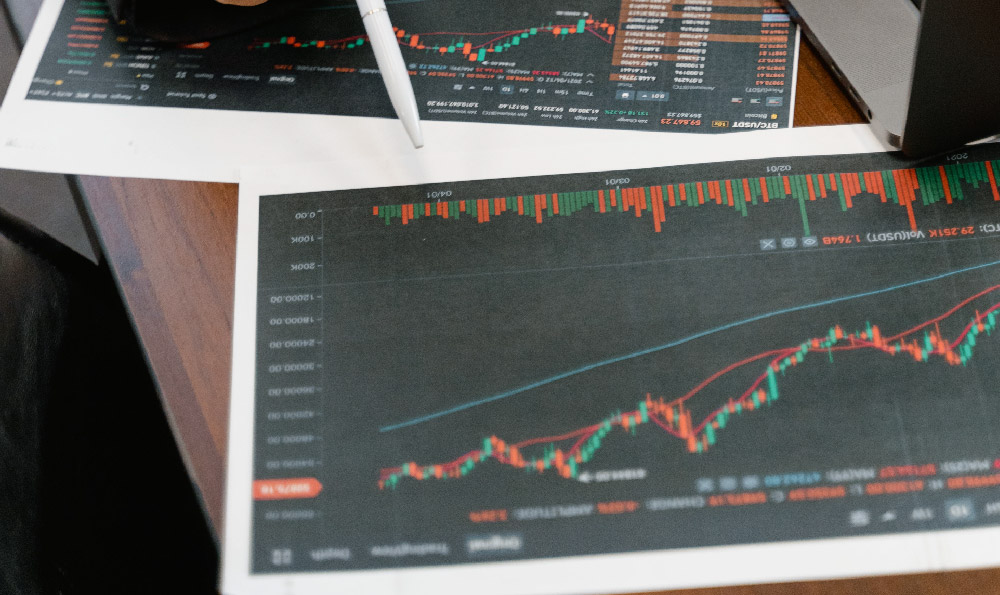Tesla, a name synonymous with innovation, electric vehicles, and disruptive technology, has captured the imagination of investors worldwide. Its stock, known for its volatility and potential for high growth, presents both an opportunity and a challenge. For those considering adding Tesla (TSLA) to their portfolio, understanding where to start and how to navigate the complexities is crucial. This exploration delves into the essential aspects of investing in Tesla, covering initial research, risk assessment, investment strategies, and ongoing monitoring.
Before committing any capital, thorough research is paramount. This begins with a deep dive into Tesla's business model. Understanding how the company generates revenue is key. While electric vehicle sales are the primary driver, consider the contributions from energy generation and storage solutions, including solar panels and batteries. Tesla's ambition extends beyond cars; it aims to revolutionize energy consumption and storage, impacting residential, commercial, and utility sectors. Examine Tesla's production capacity, delivery numbers, and market share within the electric vehicle industry. Compare these figures against competitors like BYD, Volkswagen, and traditional automakers entering the electric vehicle space. Analyze Tesla's competitive advantages, such as its Supercharger network, battery technology, and autonomous driving capabilities. Assess the potential impact of government regulations, subsidies, and environmental policies on Tesla's future growth.
Furthermore, understanding Tesla's financials is crucial. Scrutinize the company's income statements, balance sheets, and cash flow statements. Analyze revenue growth, profit margins, and debt levels. Pay close attention to Tesla's research and development (R&D) expenditure, as innovation is fundamental to its long-term success. Compare Tesla's financial ratios, such as price-to-earnings (P/E) ratio and price-to-sales (P/S) ratio, against industry averages and competitor valuations. Consider that high-growth companies often trade at premium valuations, reflecting investor expectations of future earnings. However, these premiums also carry increased risk. Investors should use fundamental analysis to determine if the current stock price reflects the company's intrinsic value.

Beyond the numbers, it's imperative to understand Tesla's leadership and corporate governance. Elon Musk's leadership style, while visionary, has also been subject to scrutiny. Assess the potential impact of executive decisions and management changes on the company's direction. Evaluate the company's approach to environmental, social, and governance (ESG) factors. Tesla's commitment to sustainability aligns with growing investor interest in ESG investments. However, concerns regarding labor practices and environmental impact at certain facilities should be carefully considered. Investor sentiment and media coverage can significantly influence Tesla's stock price. Monitor news headlines, social media trends, and analyst reports to gauge market perception. Be wary of relying solely on hype or speculation, and always base investment decisions on sound research and analysis.
Investing in Tesla involves inherent risks. The electric vehicle market is rapidly evolving, and competition is intensifying. Tesla faces challenges from established automakers and new entrants alike. Technological advancements in battery technology, autonomous driving, and charging infrastructure could disrupt the market landscape. Supply chain disruptions, such as semiconductor shortages or raw material price increases, can impact Tesla's production and profitability. Regulatory changes, such as stricter emissions standards or safety regulations, could also affect the company's operations. Macroeconomic factors, such as interest rate hikes or economic recessions, can impact consumer demand for electric vehicles.
Another significant risk factor is Tesla's valuation. The stock has historically traded at a high multiple compared to earnings, reflecting investor optimism about future growth. If Tesla fails to meet these expectations, the stock price could experience significant corrections. Therefore, it's crucial to understand your own risk tolerance and investment time horizon. Assess how much capital you're willing to potentially lose and how long you plan to hold the investment. If you have a low risk tolerance or a short-term investment horizon, Tesla may not be a suitable investment for you.
Once you've completed your research and assessed the risks, you can consider different investment strategies. For investors with a long-term perspective and a higher risk tolerance, buying and holding Tesla stock may be an appropriate strategy. This involves purchasing shares and holding them for several years, allowing the company to grow and generate returns over time. Dollar-cost averaging is a strategy where you invest a fixed amount of money at regular intervals, regardless of the stock price. This can help mitigate the risk of investing a large sum at a high price. Trading options, such as call options or put options, can be a more sophisticated way to invest in Tesla. Options allow you to leverage your investment and potentially generate higher returns, but they also carry a higher level of risk. If you're unsure about which strategy is right for you, consult with a financial advisor.
Regardless of the chosen strategy, ongoing monitoring is essential. Track Tesla's financial performance, industry developments, and market sentiment. Stay informed about new product launches, technological advancements, and regulatory changes. Regularly re-evaluate your investment thesis and adjust your position as needed. Consider setting stop-loss orders to limit potential losses. These orders automatically sell your shares if the stock price falls below a certain level. Diversifying your portfolio is crucial to mitigate risk. Don't put all your eggs in one basket. Invest in a variety of assets, such as stocks, bonds, and real estate, to reduce your overall risk exposure.
Investing in Tesla requires careful consideration, thorough research, and a realistic understanding of the risks involved. By following these guidelines, investors can make informed decisions and potentially benefit from Tesla's continued growth and innovation. Remember to always prioritize your own financial goals and risk tolerance, and seek professional advice when needed. The journey to financial success is a marathon, not a sprint, and investing in companies like Tesla should be approached with a long-term perspective and a commitment to continuous learning.












